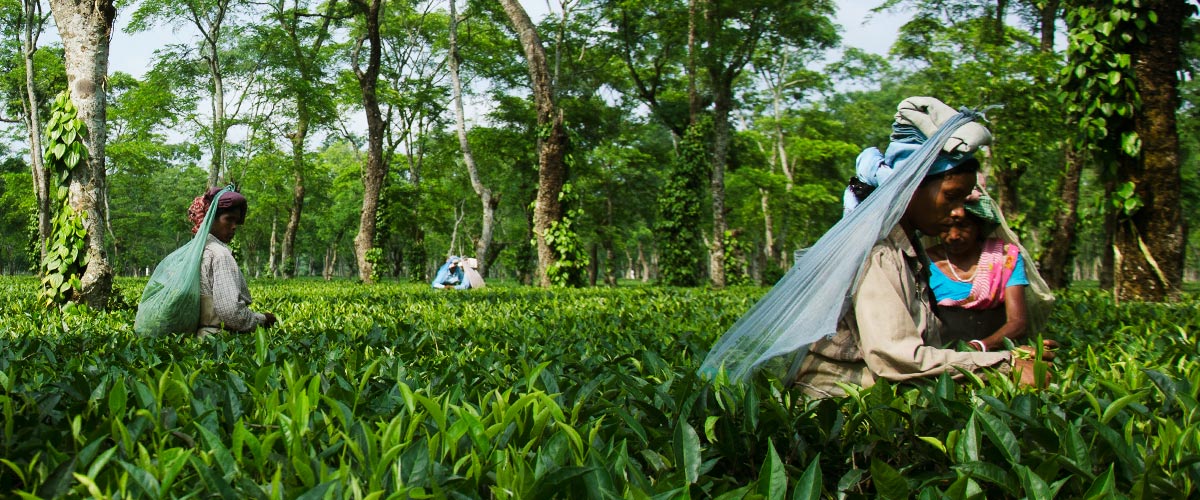Every summer, we make our annual visit to Assam, for the summer flush. And because it’s such a vast state, there’s always something new to discover. This is my third summer visiting Assam and I have learnt that every tea garden here has a story that’s distinctive and interesting.
My first stop was Dikom, about 32 kms from Dibrugarh town. Not far from it is the Chubwa Air Field. I hear that it was a base camp for the Allies during WW2. A part of the Dikom estate was once the headquarters of the 236th Signal Service Battalion. It was the site of an operation famed as the Flying Hump – so named after the eastern end of the Himalayas. When the Japanese blocked the Burma road the northeastern parts of India, and therefore Dikom and the nearby areas became vantage points, necessary for airlifting supplies to Chiang Kai-shek’s men across the border. It was a short route but extremely dangerous. The locals still narrate these stories,

When I reached Dikom, the manager Samar Chaliha was waiting. We were going to spend the night at the estate bungalow. Samar came to the estate as an Assistant in 1994. After dinner, our conversation talk turned to the stories of the war. History, it seems, is willingly or unwillingly associated with this tea estate. In the Manager’s bungalow, Samar narrates, was a cannon said to have been used by the Ahom king, against the Burmese army in 1820. It’s now with the archaeology department.
By midnight, we could hear the sounds of the airplanes taking off from Chubwa – still in use by the Indian Air Force, with night training a common occurrence. The aroma of fresh green tea leaves wafted over pleasantly.

The stories I have been hearing from Assam these days are about the wildlife conservation work especially in the tea gardens. I asked Samar who told me that next door to Dikom is the Digboi Forest Reserve. I can’t help but feel a little nervous. Aloud, I wondered if wild animals wander into the estate often. “Leopards,” said Samar, “They visit the gardens.” But they don’t harm the people, he assured me quickly. In the recent years, people in the tea gardens are being taught to allow wildlife, especially the cats to be, and not harm them.

The night felt stranger for the stories. I smelt that familiar smell of tea but now tinged by the knowledge that a leopard may be watching me. And yet, when the airplanes flew overhead, I nearly forgot that I am in interior Assam, in an old bungalow with its own story.
Next morning, we sampled the teas. The fields were a lush green, just as they should be at this time of the year. Some rain added to the mood, which was quite buoyant, as summer here always is. Dikom has developed its clones – N436, P126. The teas were wonderful – tippy, strong and malty in taste.
Dikom was a fitting start to the trip. It set the tone for the rest of it, which as you’ll read, all had a little bit of history, some wildlife, and the finest Assams I have tasted in the recent past.
Photographs by Tridib Konar

